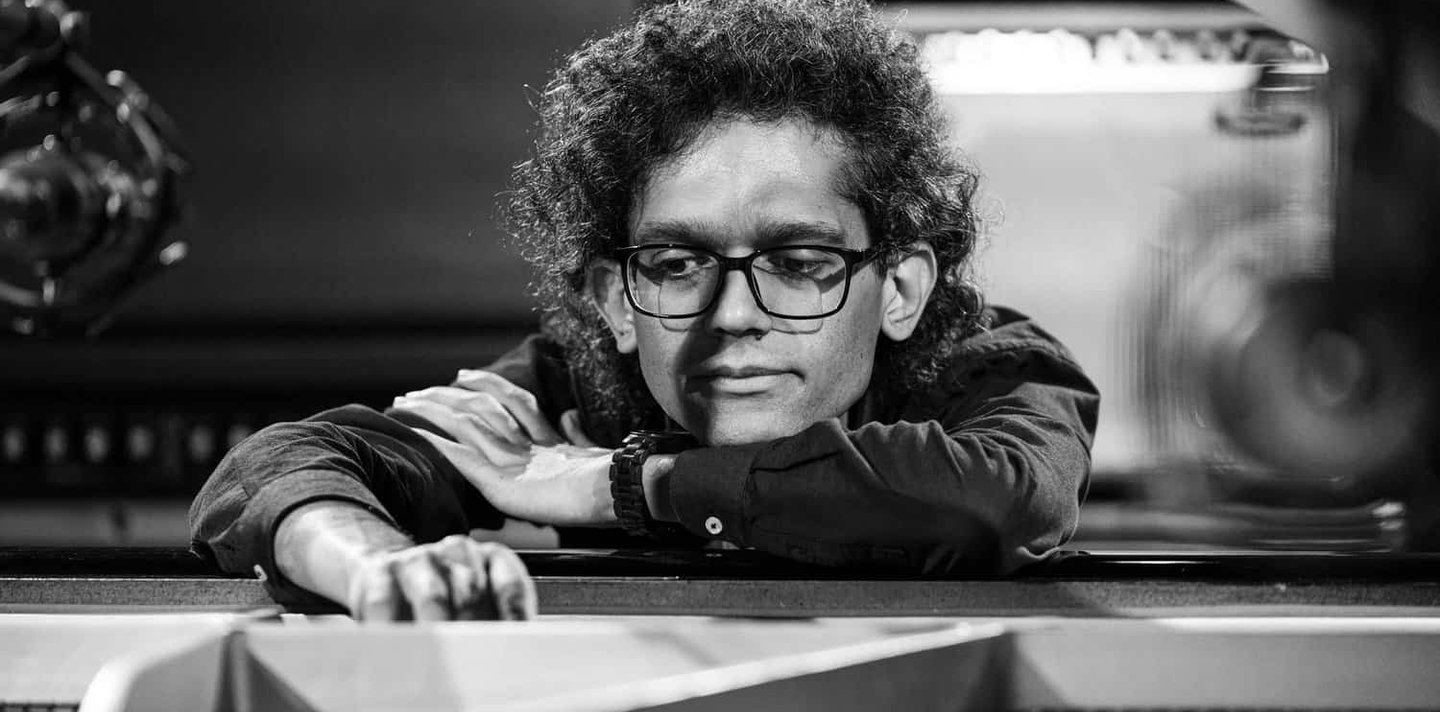The Piano Poem Project,
Arashk Azizi


Emotions expressed through the Piano
The Piano Poem is a form of instrumental music for solo piano, akin to a symphonic poem, but distilled into the intimate language of a single instrument. This form, created by Arashk Azizi, is built around a central theme and its various transformations. While the music should carry an improvisational spirit, it is not mere improvisation on a single idea—it is a carefully shaped narrative in sound, a direct expression of the composer’s emotions.
The Piano Poem shares certain traits with the Nocturne in its lyrical and expressive nature, but differs through its inherently longer, narrative-driven form. Every Piano Poem is rooted in a story—whether explicitly told or left to the listener’s imagination. Like all program music, it can still be appreciated purely as music, without knowledge of its underlying narrative. Structurally, the Piano Poem sits between the Nocturne and the Impromptu: it has the emotional depth and craftsmanship of a Nocturne, but embraces the freer, spontaneous flow of an Impromptu.
Typically, a Piano Poem is written in a homophonic texture—a clear melody supported by harmony—though other textures may appear when expressive needs demand it. The melody is usually direct and memorable, unfolding through variations and harmonic evolution.
Examples and Expanded Use
Some of my published Piano Poems include Cascade and Tranquil, each built around a narrative core and infused with a flowing, improvisatory atmosphere. Yet the influence of the Piano Poem form extends beyond these standalone works—it has shaped the structure of my larger compositions, particularly my sonatas, such as the Divine Sonata and the Elegy Sonata.
In these works, I have reimagined the traditional sonata form, giving it a greater fluidity where the narrative and storytelling take precedence over strict classical architecture. The result is not a formless, abstract work—as sometimes found in certain contemporary music—but rather a story-led structure that still retains coherence while following the natural flow of the narrative, whether the story is revealed or left unspoken.
This approach also allows for a unique performance practice: in specific sections—guided by harmonic progressions and the dramatic arc of the piece—the performer is granted limited freedom to improvise. This blend of structure and interpretive liberty enriches both the live performance and the audience’s experience, making every rendition subtly unique.
The Essence
In the hands of a sensitive and skilled performer, the Piano Poem is more than just a musical form—it is a vessel for deep emotional storytelling. Whether in an intimate miniature like Cascade, or woven into the expansive canvas of a sonata, the Piano Poem invites both performer and listener to enter a shared poetic journey through sound.